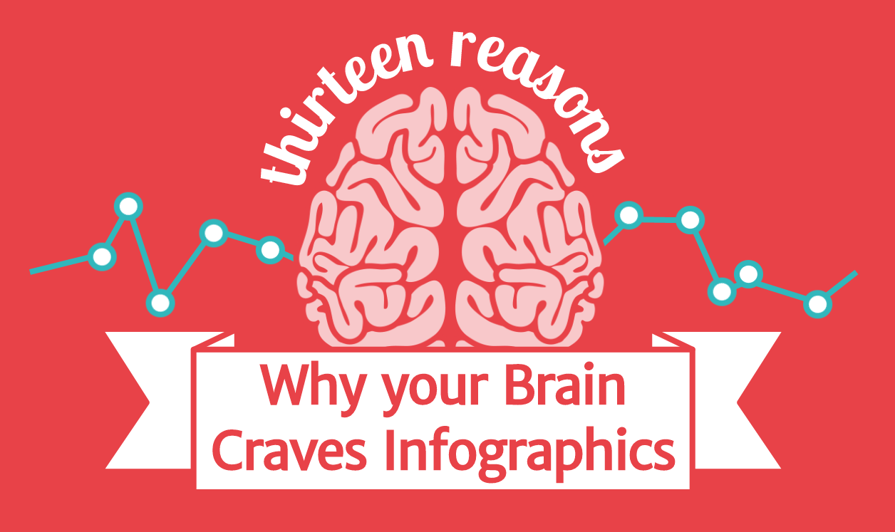We are all familiar with the old cliché “a picture says more than a thousand words”; but in many cases, this could not be further from the truth. The right image plus your content can prove to be the golden ticket for your online magazine, but it’s very easy to make a mistake. So how do you create an enticing page and what can you do to inspire the reader to click through to the next one? Five tips to help make choosing an image a lot easier.
1. Make sure the image matches your content
Research shows that our brain processes images a whopping 60,000 times faster than text. The combination of text and images is 60 times more successful in bringing across a message than plain text alone.
One important rule applies regarding the use of images: your image has to match your story. It’s unlikely that you will get your reader’s full attention otherwise, and they will most likely leave your page. So you need to make sure that you choose an image that is right for your text. Only then will your publication benefit from its appeal.
2. The bigger, the better
The bigger the image, the greater the effect will be on your readers. Do not forget to take technical aspects into account. Choose a large, high-quality image. It would be a shame to have a blurry picture spoil your page!
Choose an interesting image that will inspire your reader to stay on your page. You could choose something unusual that makes your reader wonder about what comes next, and that inspires them to click to the next page. Did you think that the above image was strange? Then we can give ourselves a pat on the back for a job well done. ‘Perfect’ pictures are not attention grabbers after all.
Remember to look at the colors in your image and adapt your design accordingly. The idea is to create unity and prevent a motley collection of colors.
3. Put an end to laziness! Do not stick to stock photos
You can easily get your hands on pictures from stock photo agencies such as Getty Images or Shuttershock. But the images in your publication will probably be less than thrilling. What happens next? You end up with static images that do little to pique the reader’s interest and make them want to continue reading.
A great place to find more interesting images is the database of the Flickr photo community. Many photos there are available free of rights and free of charge. Google Images and the Freeimages stock photo site are excellent alternatives. Choose your image carefully because not all images are free of rights.
You will mainly engender credibility by using your own images. Your own images are unique and personal, and you can choose the perfect picture for your text. Blur or remove distracting backgrounds to make the main subject of your images stand out. Using your own pictures will provide the reader with more information than a hastily selected stock picture.
The municipality of Hollands Kroon in the Netherlands uses images from an online photo competition in their magazines. This is a great example of images obtained through user-generated content and a creative way to quickly compile a great image archive for your organization!
Discover: Creative Ideas to Turn Your Magazine Into Page-Turning Content.
4. Keep up to date on current topics
Using outdated images is a huge faux pas. You should use recent pictures of people you are quoting or interviewing. The subject of your interview or quote will appreciate this but the reader will as well. Make sure that you check the supply date on photos: was the picture taken more than two years ago? Then try and find a more recent one. The person in the picture may look completely different now.
Is your image provided by a photographer? This helps ensure a recent picture. You should make sure to properly brief your photographer on responsive photography. You should also leave plenty of room around the article so you can choose the cropped image size.
Discover: Effective Designer Briefing and Design Brief Templates
5. Use infographics
Does your marketing collateral contain figures or complex subjects and would you like to find out how to make it more appealing? Use an infographic that presents your complex content in a clear and attractive way. Nobody loves long uninterrupted content that includes a summary or a deluge of numbers. Spruce up your content by adding an illustration that includes the data that you want to present to your audience.
Whatever you decide to do is entirely up to you of course. Whether you pick a pie chart, an illustration, a flow chart or a graph, choosing the right infographic is far from easy.

The infographic that goes with the above image is no exception. It includes thirteen reasons why infographics have such an effect on our brains. Infographics present a large amount of complex data in a clear and appealing visual way. Take a look at the complete infographic here.


.png?width=527&name=Overcome-Content-Creation-Barriers%20(1).png)
